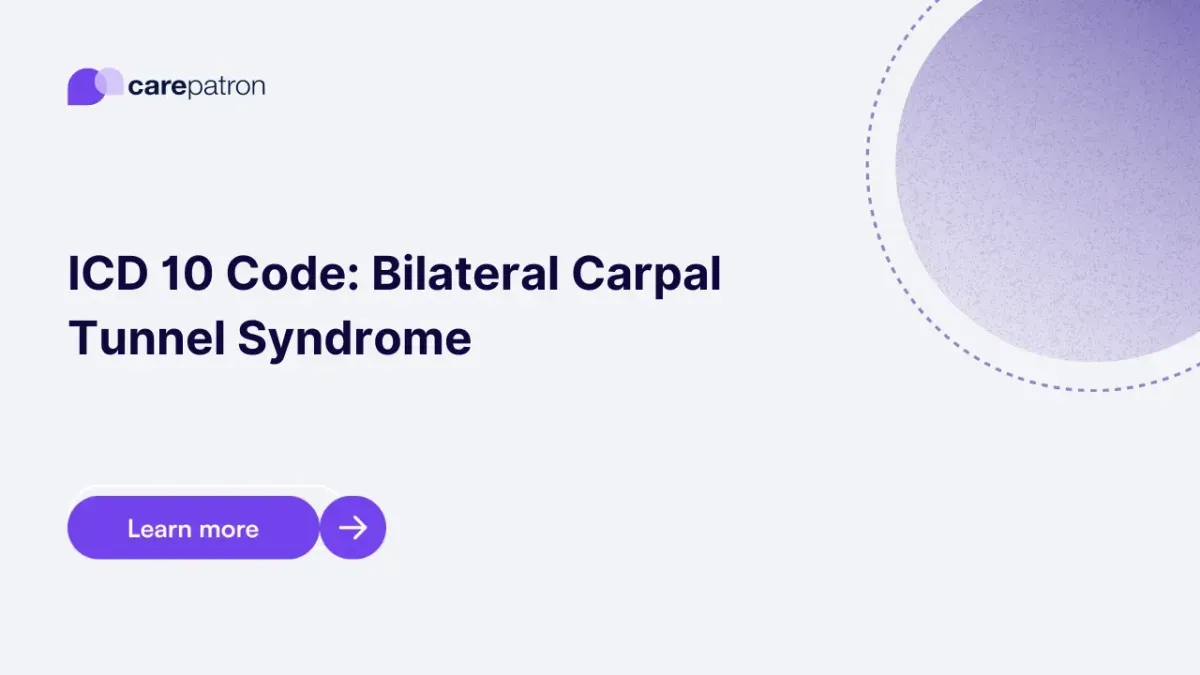
Bilateral Carpal Tunnel Syndrome ICD-10-CM Codes | 2023
Explore ICD-10 codes for Bilateral Carpal Tunnel Syndrome diagnosis, ensuring accurate billing and documentation—common codes for both wrists. Stay informed!
Use Code
Commonly asked questions
Use when a patient is diagnosed with carpal tunnel syndrome affecting both wrists.
Yes, these codes are billable for medical billing and insurance claims.
Treatments may include wrist splints, NSAIDs, physical therapy, corticosteroid injections, and surgical intervention.
EHR and practice management software
Get started for free
*No credit card required
Free
$0/usd
Unlimited clients
Telehealth
1GB of storage
Client portal text
Automated billing and online payments
